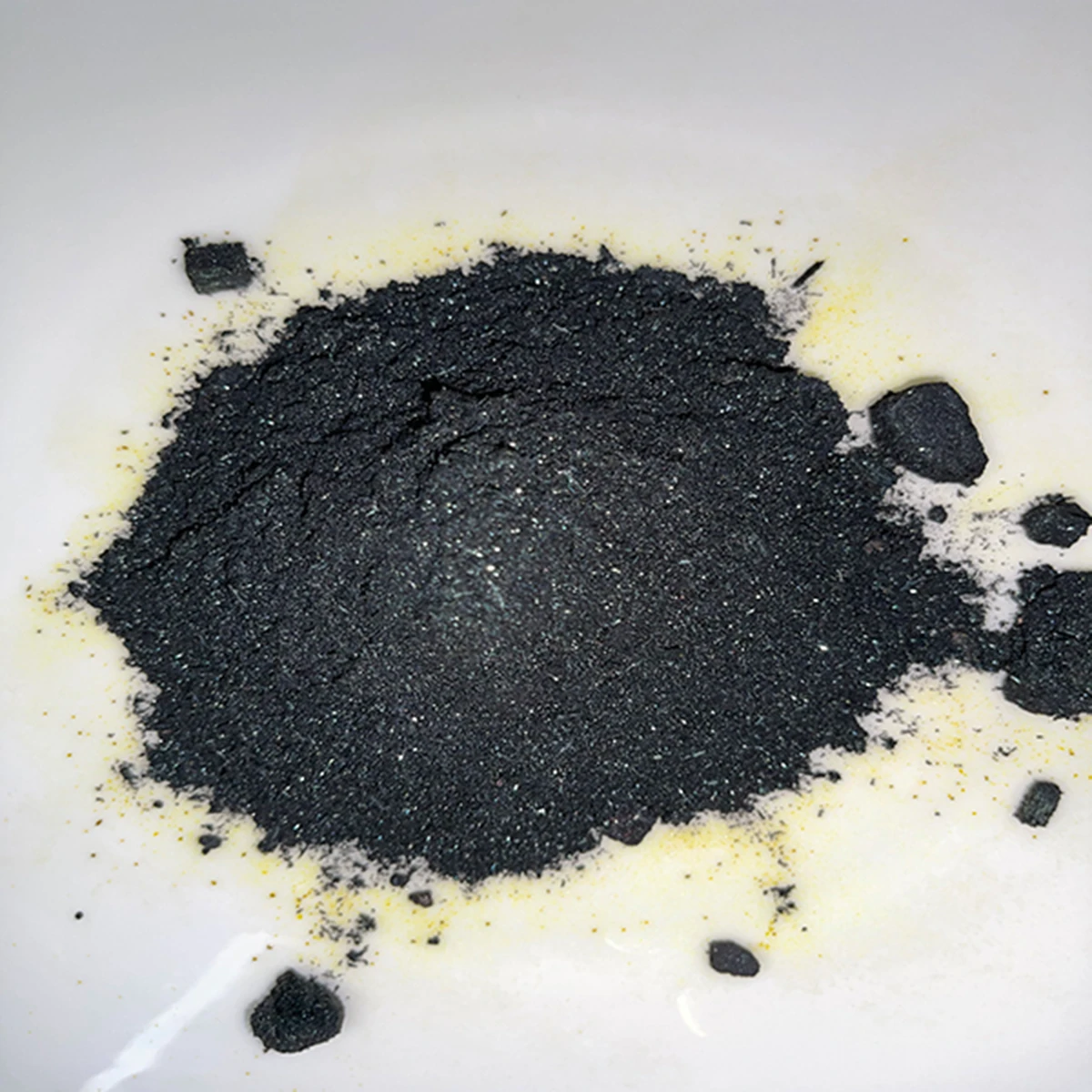



polyacrylamide polymerization reaction
Understanding the Polyacrylamide Polymerization Reaction
Polyacrylamide, a synthetic polymer, is extensively used in various industries due to its versatile properties and applications. It is formed through polymerization of acrylamide monomers, which can occur via two main processes radical polymerization and ionic polymerization. The process of polyacrylamide polymerization is crucial for determining the molecular weight, structure, and overall characteristics of the resulting polymer. In this article, we will explore the mechanisms, conditions, and applications of polyacrylamide polymerization.
Polymerization Mechanisms
1. Radical Polymerization This is the most common method for synthesizing polyacrylamide. It involves initiating a reaction using radical initiators, which can be thermal, photochemical, or redox initiators. The initiator generates free radicals that react with the acrylamide monomers, creating active sites that propagate the chain reaction. This method allows for control over molecular weight and the degree of polymerization by adjusting the concentration of initiators and monomers, as well as the temperature of the reaction.
2. Ionic Polymerization This less common method can be initiated via cationic or anionic pathways. Cationic polymerization involves electrophilic attacks by cationic species on acrylamide to form a polymer chain, while anionic polymerization involves nucleophilic attacks by anions. The choice of ionic method allows for certain unique properties in the final polymer, such as specific reactivity and stability under different conditions.
Reaction Conditions
To achieve successful polyacrylamide polymerization, certain conditions must be met. These include
- Temperature Generally, higher temperatures boost the reaction rate by increasing molecular mobility. However, excessive heat can lead to the degradation of acrylamide, resulting in lower yields or unwanted side reactions. Typical reaction temperatures range from 20°C to 60°C, depending on the specific initiator used.
- Concentration of Monomer and Initiator The ratio of acrylamide to initiator plays a significant role in the final properties of the polymer. A higher concentration of acrylamide can lead to longer polymer chains with higher molecular weights, while too much initiator can lead to premature termination of the polymer chain.
polyacrylamide polymerization reaction

- pH Levels The acidity or alkalinity of the reaction environment can significantly influence the polymerization process. For instance, extreme pH levels can impact the stability of radicals generated in the reaction.
Applications of Polyacrylamide
Polyacrylamide has a broad range of applications due to its water-soluble properties and ability to form gels. Some prominent uses include
- Water Treatment Polyacrylamide is widely employed in sewage treatment and wastewater management, as it aids in flocculation, helping to aggregate and settle suspended particles.
- Agriculture It is used in soil conditioning and the retention of moisture in agricultural fields. Polyacrylamide enhances soil structure, reduces erosion, and improves water retention.
- Biomedical Applications In the medical field, polyacrylamide gels are utilized in various applications including drug delivery systems, tissue engineering, and as a medium for electrophoresis in the separation of biomolecules.
- Cosmetics and Personal Care Polyacrylamide finds its use in cosmetic products as a thickener and film-forming agent, enhancing the texture and stability of lotions and creams.
Conclusion
The polymerization of acrylamide into polyacrylamide is a process that not only illustrates fundamental concepts in polymer chemistry but also leads to the development of materials with significant real-world applications. Understanding the mechanisms and conditions influencing this polymerization reaction is essential for optimizing the properties and functionality of polyacrylamide. As research advances, new methodologies and applications continue to emerge, allowing polyacrylamide to maintain its relevance across diverse fields. The versatility of polyacrylamide underscores its importance in modern chemistry and industry, paving the way for innovations that address environmental, agricultural, and medical challenges.
-
Why Sodium Persulfate Is Everywhere NowNewsJul.07,2025
-
Why Polyacrylamide Is in High DemandNewsJul.07,2025
-
Understanding Paint Chemicals and Their ApplicationsNewsJul.07,2025
-
Smart Use Of Mining ChemicalsNewsJul.07,2025
-
Practical Uses of Potassium MonopersulfateNewsJul.07,2025
-
Agrochemicals In Real FarmingNewsJul.07,2025
-
Sodium Chlorite Hot UsesNewsJul.01,2025










